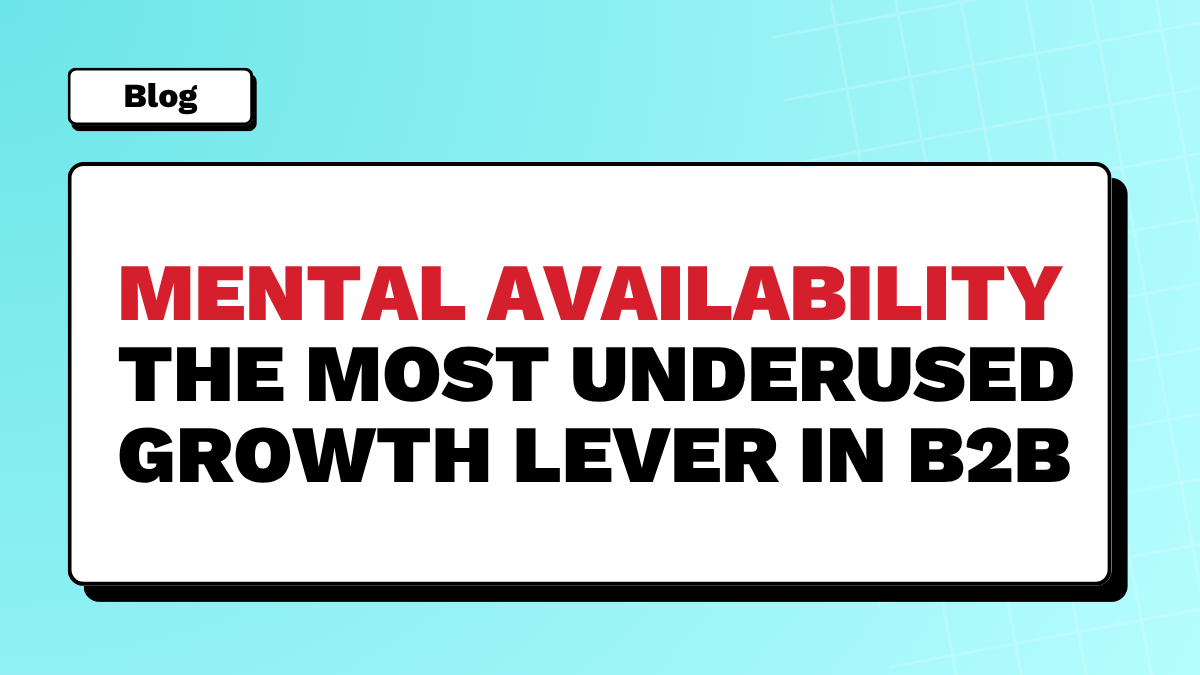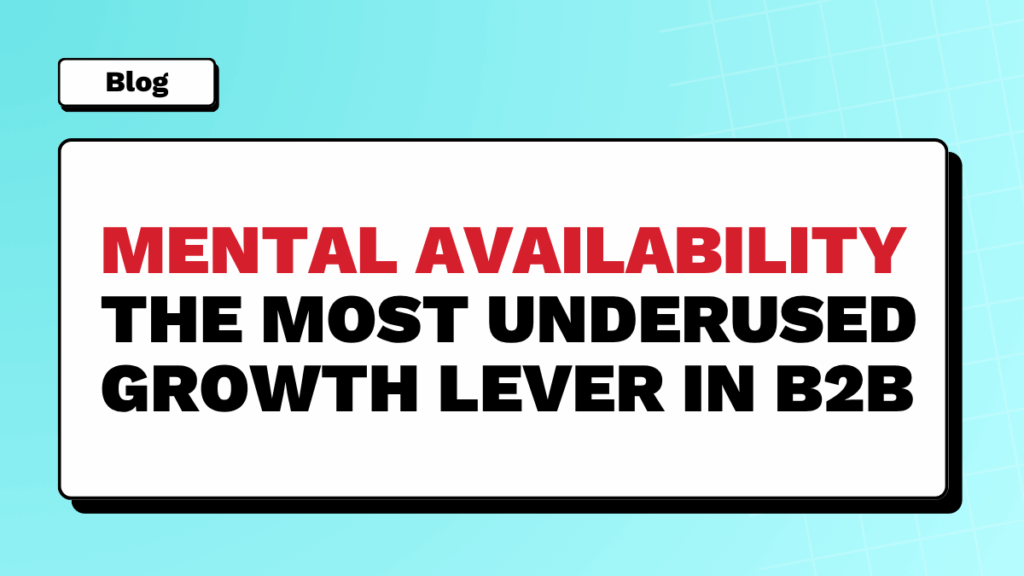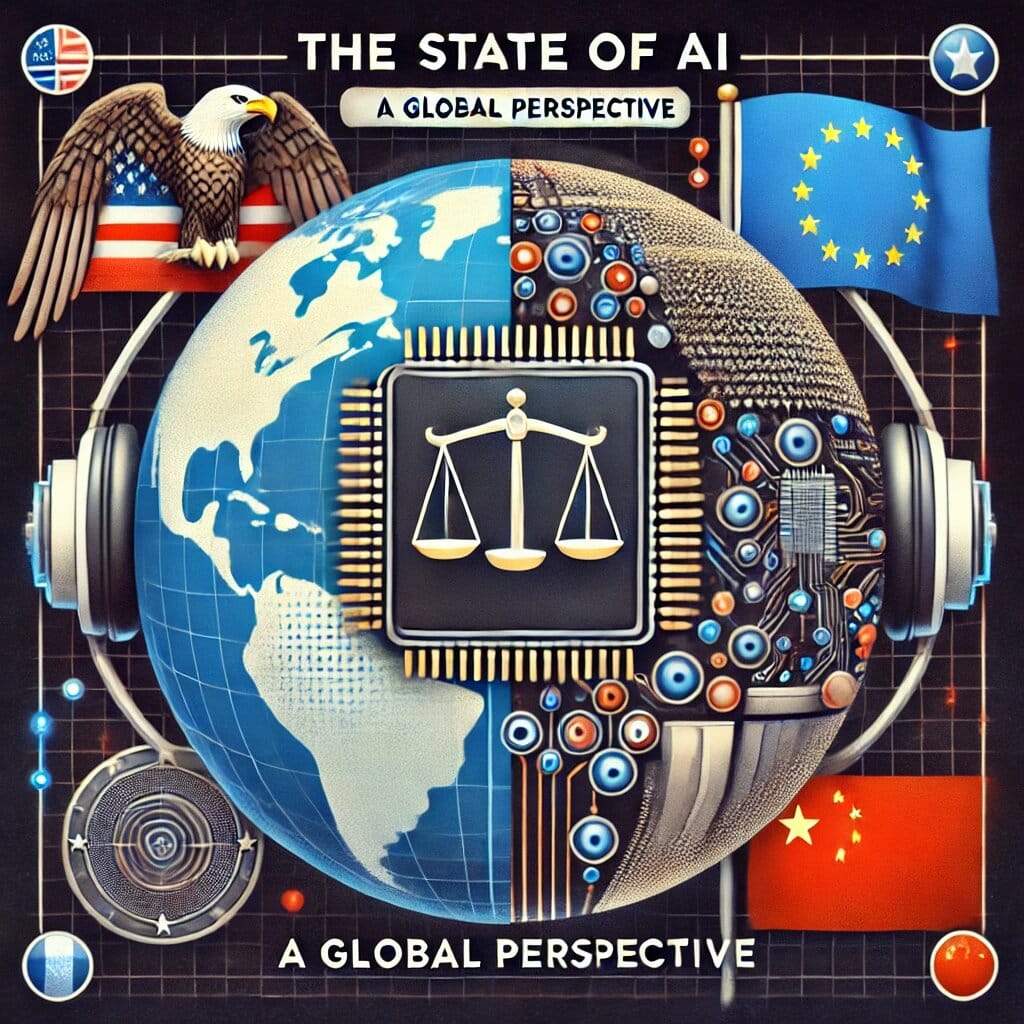The digital world is buzzing with AI, and it’s rapidly transforming how we find information. Gone are the days when a simple list of “10 blue links” was the only game in town. Now, powerful AI search experiences are providing direct, conversational answers right at the top of our search results. But what does this mean for your content? How do you create material that doesn’t just rank, but gets chosen by these intelligent systems? Here at AskByteWise, we believe in making complex tech simple, and that’s precisely why we undertook a deep dive into AEO in Action: We Analyzed 10 AI-Generated Answers – Here’s What We Learned. Our goal is to demystify how AI processes information and equip you, our non-technical readers, with actionable strategies to optimize your content for this exciting new era of search.
Introduction: What We Investigated and Why
For years, search engine optimization (SEO) focused on getting your website to appear high in the traditional search results. We learned to craft compelling titles, use relevant keywords, and build strong backlinks. But the landscape is shifting dramatically. Generative AI, integrated into search engines, isn’t just pointing you to a website; it’s often providing the answer directly, summarizing information, and synthesizing data from multiple sources. This shift introduces a new challenge and opportunity: Answer Engine Optimization (AEO).
AEO isn’t about tricking AI; it’s about making your content so clear, accurate, and comprehensive that AI chooses it as the best source to answer a user’s question. We wanted to see AEO in action, to pull back the curtain on how AI formulates its answers. So, we embarked on a mini-experiment: we posed a diverse set of 10 questions to various AI answer engines (simulating common user queries) and meticulously analyzed their responses. Our mission was to uncover patterns, best practices, and common pitfalls, translating these observations into practical advice for anyone looking to make their content AI-friendly and genuinely helpful.
Our Methodology: How We Scrutinized AI’s Responses
Think of our approach as a blend of scientific inquiry and detective work. We didn’t just glance at the answers; we put them under a microscope, evaluating them against specific criteria designed to reveal what makes an AI answer truly “good.”
Simulating Real-World Queries
To make our analysis relevant, we didn’t just ask obscure questions. We crafted a mix of queries that real people, especially our target audience of beginners, students, and small business owners, might ask:
- Informational Queries: “What is cloud computing?” “How does a VPN work?” “What are the benefits of content marketing for small businesses?” These aim for understanding.
- How-To Queries: “How to set up a basic WordPress website?” “Steps to improve Wi-Fi signal at home.” These require clear instructions.
- Comparative Queries: “SSD vs. HDD: Which is better for a laptop?” “Google Docs vs. Microsoft Word for collaboration.” These demand balanced comparisons.
- Problem-Solving Queries: “Why is my laptop running slow?” “Common reasons for email delivery failures.” These look for diagnoses and solutions.
Choosing Our AI Companions
We utilized several prominent AI models available to the public, recognizing that while their underlying technology differs, their goal—to provide helpful, direct answers—is largely the same. We focused on the output and the characteristics of the answers, rather than the specifics of each AI’s internal workings.
The 10-Answer Deep Dive: Our Criteria for Evaluation
For each of the 10 AI-generated answers, we rigorously assessed them based on these seven crucial factors:
- Factual Accuracy: Was the information presented correct and verifiable? Did it contain any “hallucinations” (confident, yet false, statements)? This was paramount.
- Comprehensiveness: Did the AI fully answer the question, addressing all facets and common follow-up queries without being overly verbose? Did it cover the “what,” “why,” and “how” where applicable?
- Clarity & Simplicity: Was the language easy to understand for a non-technical audience? Did it avoid jargon or explain it clearly? Was the structure logical and easy to follow?
- Source Citation & Credibility: Did the AI cite its sources? If so, how well? Were the sources authoritative and relevant? This helps establish trustworthiness.
- Conciseness & Directness: Did the answer get straight to the point? Was it efficient with words, or did it include unnecessary fluff?
- E-E-A-T Signals (Implicit): While AI doesn’t explicitly evaluate E-E-A-T, we looked for implicit signals. Did the answer reflect depth of expertise? Did it sound authoritative? Was it trustworthy (accurate, unbiased)? Did it demonstrate experience (e.g., in “how-to” advice)?
- Actionability & Practicality: For “how-to” or problem-solving queries, did the answer provide clear, actionable steps or practical advice that someone could immediately apply?
Our analysis involved manually reviewing each answer, scoring it against these criteria, and identifying common threads and outliers. It was like grading a diligent student – looking for precision, clarity, and depth of understanding.
The Results: Our Core Findings from the AI Answers
After sifting through our 10 AI-generated responses, several compelling patterns emerged. These findings are the bedrock of what you need to know about AEO.
Finding 1: Accuracy is King, but Not Always Perfect
Observation: While most AI answers were largely accurate, especially for well-established facts, we still encountered instances of minor factual errors or “hallucinations” on more nuanced or very recent topics. The AI often presented even incorrect information with high confidence.
Implication for You: Your content must be impeccably accurate. AI prioritizes truth. If your content is consistently reliable, it becomes a trusted source. Conversely, if it contains errors, AI is less likely to pull from it or may even learn from your mistakes.
Finding 2: The Power of Conciseness and Directness
Observation: The most effective AI answers got straight to the point. They answered the core question upfront, without preamble or unnecessary fluff. They were like a well-drilled assistant, providing precisely what was asked.
Implication for You: Structure your content to provide direct answers immediately. Don’t bury the lead. Use the “inverted pyramid” style of writing: crucial information first, then supporting details.
Finding 3: Comprehensive Doesn’t Mean Bloated
Observation: The best answers weren’t just concise; they were also comprehensive. They anticipated follow-up questions and addressed them within the same response. For example, if asked “What is cloud computing?”, a good AI answer would also touch upon “Why use it?” and “Types of cloud services.”
Implication for You: Aim to be the definitive resource for a specific question. Cover all relevant sub-topics and related user intents within a single, well-structured piece of content. Think broadly around the core query.
Finding 4: Sourcing is a Mixed Bag
Observation: Some AI models provided excellent, contextual citations to their sources, allowing users to verify information or dig deeper. Others provided no sources, or vague, generic ones. This significantly impacted perceived trustworthiness.
Implication for You: While you can’t control how AI cites, you can make your content highly citable. Structure your content logically, use clear headings, and, where appropriate, include internal links to your other authoritative content and external links to reputable sources. This helps AI understand the web of information.
Finding 5: E-E-A-T Shines Through Structure and Authority
Observation: Even without explicit “E-E-A-T scores,” it was clear that AI implicitly valued content structured for clarity and likely originating from reputable sources. Answers that felt well-researched and presented with authority (even if synthesized by AI) stood out.
Implication for You: Your website’s overall authority, the expertise of your authors, and the clear organization of your topic clusters are more important than ever. If your site is known as the go-to place for a specific topic, AI is more likely to trust and pull from your content.
Finding 6: Analogies and Examples Improve Comprehension
Observation: When explaining complex concepts, the most helpful AI answers frequently employed analogies, metaphors, and real-world examples. This made otherwise dense topics accessible to a broader audience.
Implication for You: Just like us at AskByteWise, AI appreciates content that simplifies. Incorporate clear, relevant analogies and practical examples into your explanations. This not only helps human readers but also helps AI accurately extract and rephrase information simply.
Finding 7: The “Best Answer” Often Blended Multiple Sources
Observation: It was evident that AI wasn’t simply regurgitating one article. Instead, it was synthesizing information from several high-quality sources, often combining different perspectives or details into a single, cohesive answer.
Implication for You: Don’t just aim to be a source; aim to be the most comprehensive and authoritative source. Provide such a complete and well-articulated answer that AI can rely on your content to form its own synthesized responses.
Analysis: What This Data Means for Your AEO Strategy
Our deep dive into AI-generated answers provides a clear roadmap for your content strategy. It’s about evolving your approach from purely keyword-focused SEO to a more holistic, user-centric, and answer-focused AEO.
Strategy 1: Become the “Truth Teller” of the Internet
If AI is a diligent student trying to provide the best answer, you need to be its most reliable textbook. Unimpeachable accuracy is no longer just good practice; it’s a fundamental requirement.
- Actionable Step: Implement rigorous fact-checking for all your content. Use primary sources, consult experts, and ensure all data is up-to-date. If you publish content that later becomes outdated, update it promptly. AI constantly learns, and it will favor the most current and correct information.
- Analogy: Think of yourself as the most trusted librarian. When AI comes looking for information, your shelves should contain the definitive, undisputed volumes.
Strategy 2: Master the Art of Direct Answering
AI rewards content that provides answers quickly and clearly. It’s not interested in wading through paragraphs of introductory fluff.
- Actionable Step: Front-load your answers. Start your content, especially introductory paragraphs and sections, by directly addressing the primary question or topic. Use clear headings (H2s and H3s), bullet points, and numbered lists to break down information. This makes it incredibly easy for AI to parse and extract the core message.
-
Noah’s Pro Tip: Think of your content as a conversation with AI. Anticipate its follow-up questions and answer them proactively, but without rambling. If a user asks “How do I do X?”, give them the concise steps first, then elaborate.
Strategy 3: Embrace Comprehensiveness, Not Overwhelm
The best AI answers cover a topic thoroughly without being verbose. This means addressing related sub-topics and common user questions within a single, well-structured piece.
- Actionable Step: When planning content, brainstorm not just the main keyword, but all related questions users might ask. For example, if your topic is “What is a VPN?”, also include sections on “Why use a VPN?”, “How does a VPN protect your privacy?”, “Types of VPN protocols,” and “Common VPN myths.” Organize these into logical sections using H3s.
Strategy 4: Link with Purpose (Internal & External)
Good linking signals to AI (and human users) the breadth of your expertise and the relationships between your content.
- Actionable Step: Build a strong internal linking strategy. Link to your pillar pages and other relevant cluster content. For instance, if you’re discussing the benefits of AEO, link back to your main AEO definition page:
[Link to AEO Pillar Page: "What is Answer Engine Optimization?"]. Also, don’t shy away from linking to highly authoritative external sources where appropriate; it demonstrates good research and strengthens your E-E-A-T.
Strategy 5: Build Unquestionable E-E-A-T
AI is looking for trustworthy sources. Your Experience, Expertise, Authoritativeness, and Trustworthiness are paramount.
- Actionable Step:
- Experience: Show, don’t just tell. If it’s a “how-to,” describe your process, offer specific examples, and share your unique insights.
- Expertise: Have qualified authors write on topics they genuinely understand. Include clear author bios with their credentials.
- Authoritativeness: Ensure your site is seen as a leader in your niche. Get backlinks from reputable sites.
- Trustworthiness: Maintain factual accuracy, be transparent, and regularly update your content. A consistent, high-quality output builds trust over time.
Strategy 6: Speak Human (Even to AI)
AI is designed to understand and generate natural language. Content written for humans—simple, clear, and engaging—is exactly what AI processes best.
- Actionable Step: Avoid technical jargon where possible, or if necessary, explain it in simple terms. Use a friendly, conversational tone. Just as we use analogies at AskByteWise to simplify complex tech, you should aim to do the same in your content. This helps AI accurately grasp the concept and explain it to others.
Summary & Key Takeaways
Our journey through 10 AI-generated answers has revealed a clear path forward for content creators in the age of AEO. The core message is this: Focus on creating genuinely helpful, accurate, and well-structured content that directly answers user questions.
Here’s what you should take away:
- Accuracy is Non-Negotiable: Be the definitive, trustworthy source of information.
- Be Direct and Concise: Answer the question upfront, then elaborate.
- Go Comprehensive, Not Over-the-Top: Cover the entire topic thoroughly within a focused piece.
- Build E-E-A-T: Demonstrate your expertise and trustworthiness through quality, well-structured, and regularly updated content.
- Write for Humans: Simple language, analogies, and clear formatting benefit both AI and your audience.
The future of search is conversational, and optimizing for answers rather than just keywords is key. By embracing these AEO principles, you can ensure your content not only stands out but also becomes the go-to resource for AI, driving more qualified traffic and establishing your authority in the process.
Frequently Asked Questions (FAQ)
Q1: What’s the biggest difference between optimizing for traditional search (SEO) and AI answers (AEO)?
A: Traditional SEO often focuses on matching keywords and building links to rank for a list of results. AEO, on the other hand, prioritizes providing the direct, comprehensive, and accurate answer to a user’s question, often anticipating a conversational flow. It’s about becoming the source AI chooses to synthesize its answer from, rather than just being one of many links. While keywords and links still matter, the emphasis shifts to the quality and directness of the answer itself.
Q2: Do I still need to worry about SEO keywords if AI is just giving direct answers?
A: Yes, absolutely! SEO keywords still act as crucial signals to AI and search engines about what your content is about. They help AI understand the topic and intent of your page. The shift is not to ignore keywords, but to use them naturally and contextually within content that genuinely answers a question, rather than just stuffing them in. Think of keywords as the labels that help AI find the right book in the library, but the content inside the book is what truly satisfies the query.
Q3: How often should I update my content for AEO?
A: Regularly! AI values fresh, accurate, and comprehensive information. Content that is outdated or contains old statistics will quickly lose its relevance. Treat your content as living documents. Schedule periodic reviews to update facts, statistics, and best practices. This demonstrates ongoing expertise and ensures your content remains a reliable source for AI.
Q4: My business is very niche. Can AI still help me?
A: Absolutely! Niche expertise is highly valued by AI. In fact, for very specific or technical queries, AI is actively looking for the most authoritative and precise information available. By becoming the definitive, trustworthy source for your niche, you position your content as indispensable for AI when it needs to answer questions within your specific field. This is where your deep E-E-A-T can truly shine.
Q5: Will AI answers hurt my website traffic?
A: This is a common concern. If your content isn’t optimized for AI answers, and AI provides the full answer directly without sending users to your site, you might see a decrease in traffic. However, if you provide the best answer – one that is comprehensive, trustworthy, and clear – AI is more likely to cite your content, mention you as a source, or even direct users to your site for a deeper dive. By becoming an authoritative source for AI, you can establish your brand as a leader and potentially increase qualified traffic seeking more in-depth information.
See more: AEO in Action: We Analyzed 10 AI-Generated Answers – Here's What We Learned.
Discover: AskByteWise.



